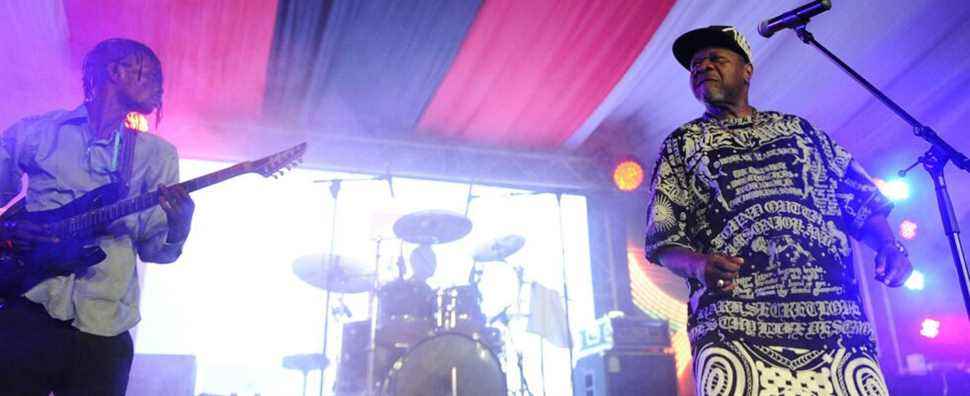Unesco is due to integrate around forty traditions from the five continents into its intangible heritage this week, a statute making it possible to preserve an often threatened heritage. The registration of the Congolese rumba must be effective Tuesday, December 14. Indonesia, for its part, hopes to register the gamelan, a thousand-year-old set of instruments.
It is the outcome of a candidacy jointly sponsored by the two Congos, Kinshasa and Brazzaville. This consecration, the Congolese have been waiting for it for years. “Already, it is a historical recognition, estimates Jean-Claude Faignond, manager of the first bar-dancing of Brazzaville in the district of Poto Poto. Today there is no Congo-Kinshasa or Congo-Brazzaville, there is the Congolese rumba. And the Congolese rumba has no borders. We did not go alone in this battle. Both countries wanted this recognition. “
The party is preparing in Brazzaville but also in Kinshasha, two capitals separated by the Congo river. This is where rumba originated more than 5 centuries ago. The slaves deported to the New World took with them this music and this dance, especially to Cuba in the Caribbean, before returning to Central Africa in the middle of the 20th century and today the two Congos have put their differences aside to defend and nominate this art of living for the intangible world heritage of humanity. “We are two neighboring countries with the two closest capitals in the world. It was high time, note Catherine Kathungu Furaha Minister of Culture of the Democratic Republic of Congo. It’s quite a story. Rumba is the tool of peaceful coexistence of reconciliation but also of cohabitation and that constitutes a very message of conflict resolution. It is practically this justice which is done to us. “ Rumba festive and political music, like this song called Independence Cha Cha. It was through this title, broadcast on the radio, that the Congolese learned of their country’s independence on June 30, 1960. Independence Cha Cha anti-colonial hymn and first pan-African hit.
Behind this thousand-year-old set of instruments we find a very singular conception of music and its learning. Gamelan is often mistakenly regarded as an orchestra in the West. So it certainly looks like an orchestra with sometimes up to several dozen people. But in the Javanese or Balinese mind, the gamelan would rather be a single great instrument. Each person in a gamelan is completely interchangeable and must be able to play each percussion. It is impossible to play gamelan alone. The instruments are heavy, they almost always stay in one place and we all have to be together to play.
You will not find a score in front of a gamelan, the transmission is done orally, and this know-how transmitted from generation to generation has amazed the whole world, from the American composer Philip Glass to Claude Debussy, for example, who after discovering gamelan at the Universal Exhibition of 1889 had these words: “If we listen, without European bias, to the charm of their percussions, we are obliged to note that ours is only a barbaric noise of a fairground circus.”
The place of this music is very varied in Indonesia. It is generally played outdoors for any great occasion, be it family, sacred or political. It also often accompanies a dance, theater or puppet performance. Communities which can be villages or companies or corporations have their gamelan, here for example that of the village of Pengosekan in Bali. You will be able to hear what fascinates in particular in the gamelan the many changes of tempo and atmospheres.
The gamelan Pengosekan from Bali, to listen here
to listen
